Most homeowners can probably agree with Minister for Energy and Resources Lily D’Ambrosio’s assertion that…
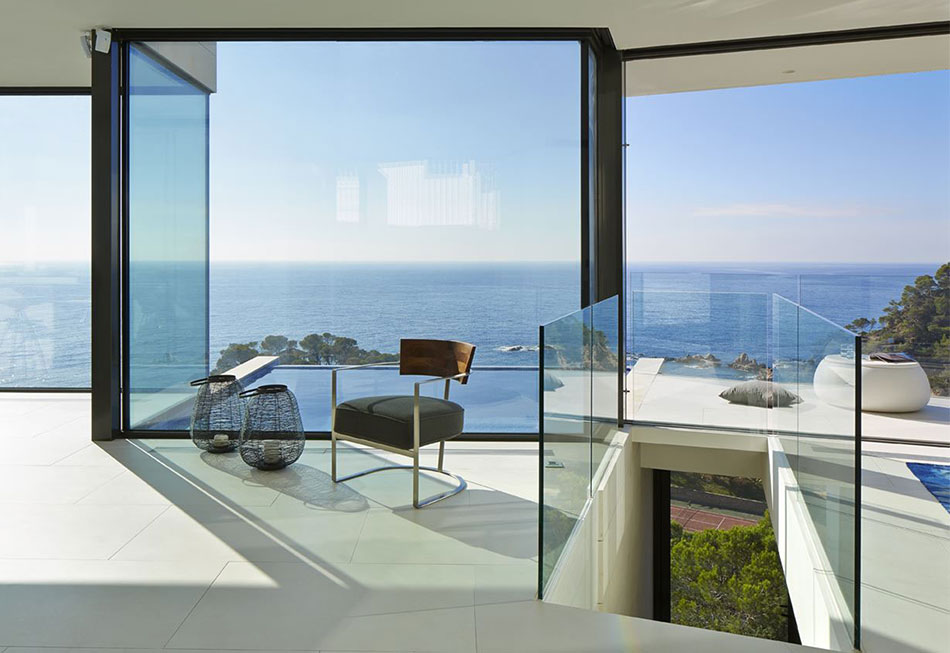
Building in Coastal Environments — Key Design Considerations
Living in a home at the waterfront and being able to enjoy the scenic landscape every day is a dream for many.
But, when looking at coastal properties we can clearly see two types of buildings: those that are standing proud and looking good and those that are slowly deteriorating before our eyes.
The difference between the two is how they were built and maintained over the years.
If you live in a city area and are looking to make a home in a coastal area, here are the key design considerations that will help your future home withstand the destructive effects of the sea.

What Are Coastal Environments?
If you’ve lived in the busy city setting all your life, you may be craving a beach home where you can rest easily after a hard day at work. How about wanting to raise your kids closer to nature and away from the pollution of the highways?
Moving to a coastal area is a huge decision that you should not take lightly. Before making such a life-changing choice, you need to understand what coastal environments are.
Coastal environment specifics
Most people don’t really think about the details, besides the building costs and the view they will get to enjoy once their new house is completed. However, there are coastal environment specifics that may make or break your final decision whether beachfront living is right for you.
Here are a few things you may need to think about before initiating your house building project.
- Coastline vs coastal environment. When speaking about the coastline, people usually refer to the strip where the land comes in direct contact with the sea. “Coastal environment” generally covers a significantly broader area that is still subjected to the effects of the sea.
- Various terrains. When choosing the property lot to build your future home on, you need to carefully consider the type of terrain you’re going to be building on. Is it too steep? Too sandy? Are there any local flora or fauna species that may need to be considered in the planning and/or building process? If the price is too good to be true, you may wish to consult with an experienced building contractor before making an investment.
- Flood potential. Direct coastline is not the only area prone to coastal flooding. When building in a coastal environment it’s important to note the risk of sea-level changes due to tides, storms, climate change, etc.
- Salt spray everywhere. While we’re going to talk about the effect on sea salt on your building’s exterior, it is important to note that the prolonged exposure may also affect your other property, such as your car.
- Living close to the beach could mean living through busy times when tourists fill all the local cafes and quiet off-season periods when the area is calm and quiet again.
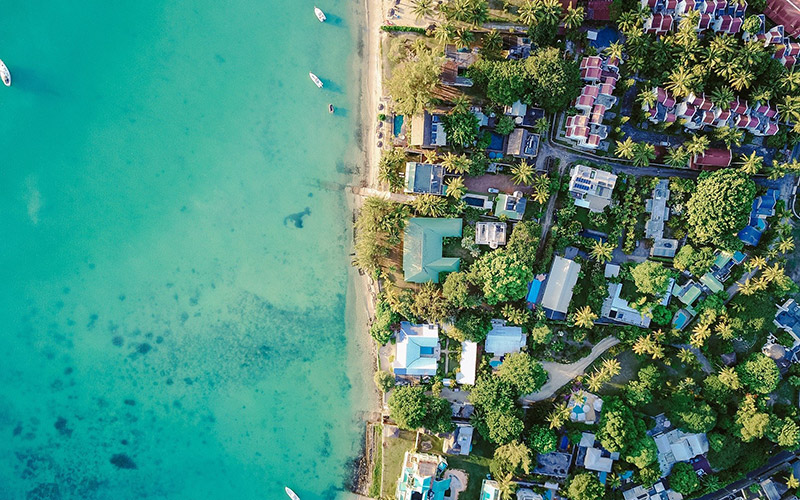
Benefits of Coastal Living
Living close to the beach does present some challenges during the design and construction phase but eventually it offers a great deal in return. Here are some of the benefits that you need to keep in mind if you’re seriously considering the idea.
Incredible views
Probably one of the most common reasons people want to move to the coast is the feeling of peace and tranquillity that a seaside view brings.
If the location of your property allows it, make sure you discuss incorporating a room with a spectacular view into the design.
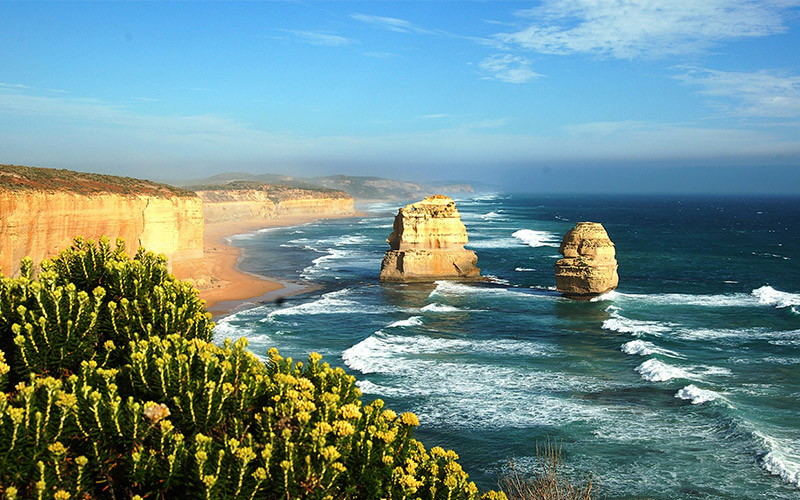
Clean air and sustainable living
There is no doubt that coastal living is for those who like to feel closer to nature. If you crave a more eco-friendly way of life, then coastal living might be the right change to make.
Today, many coastal regions are well urbanized. Still, the fresh salty air of the coastal environment can be felt even in more built-up areas.
To take full advantage of the sea breeze, add oversized sliding doors and windows and let the air flow freely through your home. As a bonus, this will also help you reduce the cooling costs in the summer months.
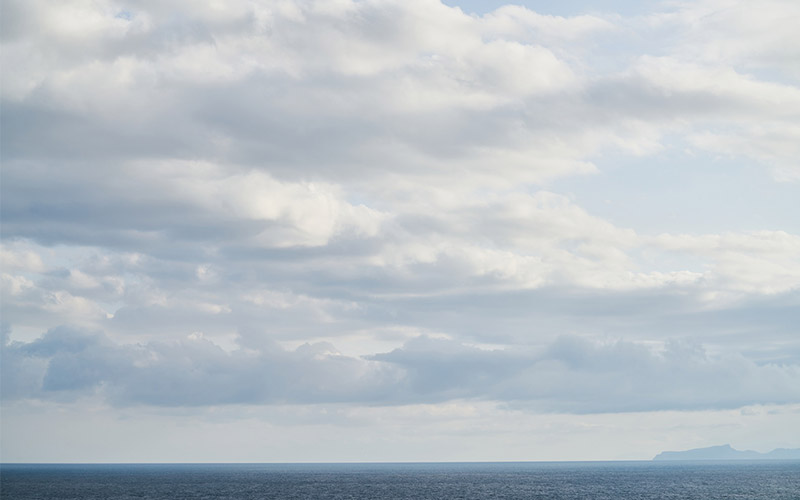
Indoor and outdoor living
Having a home close to the sea means you have a great outdoor living potential. If you want to enjoy the natural environment surrounding your property, think about discussing the possible options with your property designer.
A seamless transition between indoor and outdoor space is now common for contemporary beach homes and will allow you to enjoy the best of both worlds.
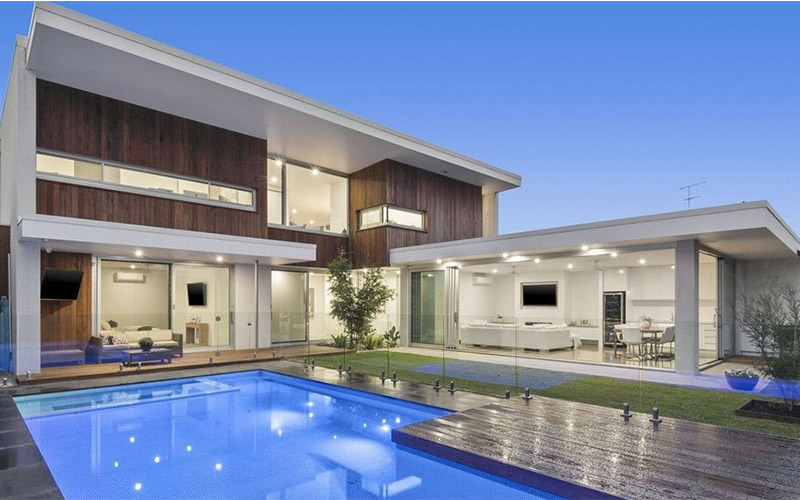
Lifestyle perks
Do you want to have an infinity pool with a sunset view? Do you like to surf and need a space to store (or show off) your boards and equipment? Or you want to take a brisk outdoor shower so you don’t bring the sand into the living room after a walk on the beach?
There are so many creative possibilities to make the most of beachfront living. While these will surely add to the overall budget, the right designer could still offer you some cost-effective solutions to help you reach your lifestyle goals.
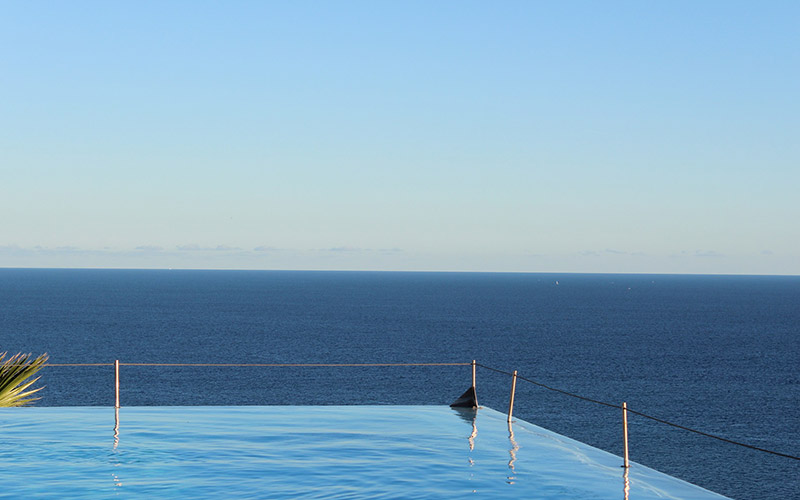
Challenges of Beachfront Property Design
Many people are looking to build a beachfront or coastal home along the Bellarine Peninsula or in the Geelong region. Still, quite often they are not aware of the additional work and added costs of living by the sea.
In most cases, these extra costs are a direct result of the specific challenges of beachfront property design.
Corrosion
Corrosion is the first potential issue that comes to mind when thinking about beachfront building design. And that’s because it is probably the biggest challenge when it comes to coastal environments.
Luckily, the NCC (National Construction Code) 2019 Volume Two contains the requirements that need to be followed to protect your coastal home from corrosion. The requirements include using higher grade or specially treated materials that are designed specifically for marine environments.
The level of corrosion protection that needs to be applied to each specific design is defined mainly by the distance from the marine influence. The strictest requirements concern buildings that are situated within 1km of breaking surf or within 100m of a non-surf coastline, e.g. a river coast. The Australian Standards also stipulate the requirements when building within 10km of breaking surf or 1km of a non-surf coastline.
Based on the proximity to the saltwater source, the requirements could include the incorporation of:
- Colorbond Ultra Steel or Stainless Steel products for the roof, walls, downpipes, fascia, and gutters.
- Powder coatings applied to any aluminium door, window, and fly screen frames.
- Galvanised steel for the building structure.
- Marine-grade stainless steel for any guard and handrails.
- M4 class masonry mortar.
Although adhering to all coastal requirements will surely add to the building costs, it will also greatly reduce any maintenance costs in years to come.
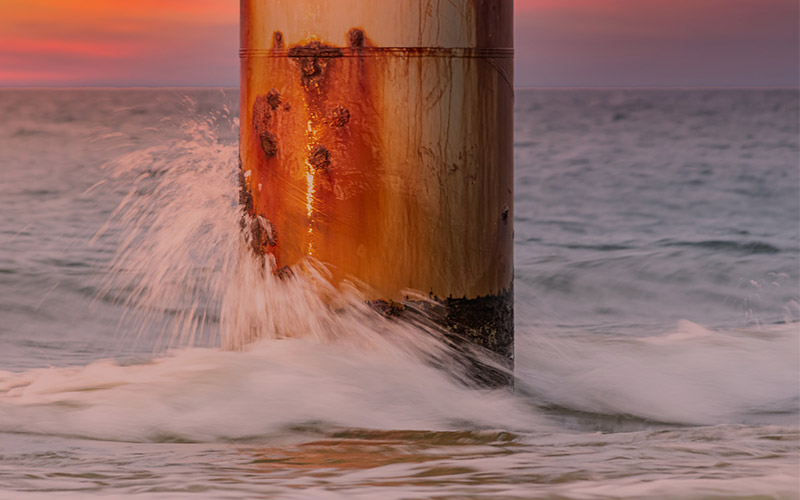
Water
Building as close to the open sea as possible could be tempting but it could also pose great hazards to your building structure. One of those hazards is the body of water itself.
Many coastal properties are built near or in a flood zone. Naturally, the risk is greater for those in proximity to the shoreline.
The main dangers come from tides, waves, and storm surges. If any of them hits the building, the fast-moving water could apply а disruptive force on the entire structure, not to mention the damage that could be done to your electric system.
Thus, multiple construction considerations need to be applied to protect the building. When building in a flood or storm tide-prone area, the following requirements and recommendations need to be noted:
- Any habitable floor levels should be built as high as possible. One way to do this is raising the entire property on a timber support structure, which provides minimal resistance to the water flow.
- Air conditioning and hot water systems should be installed higher. This is recommended to prevent damage in case of flooding.
- Tiles instead of carpeting. For any ground levels, consider opting for tiles instead of carpeting. Tiles are water-resistant, durable, and a lot easier to clean in the event of a flood.
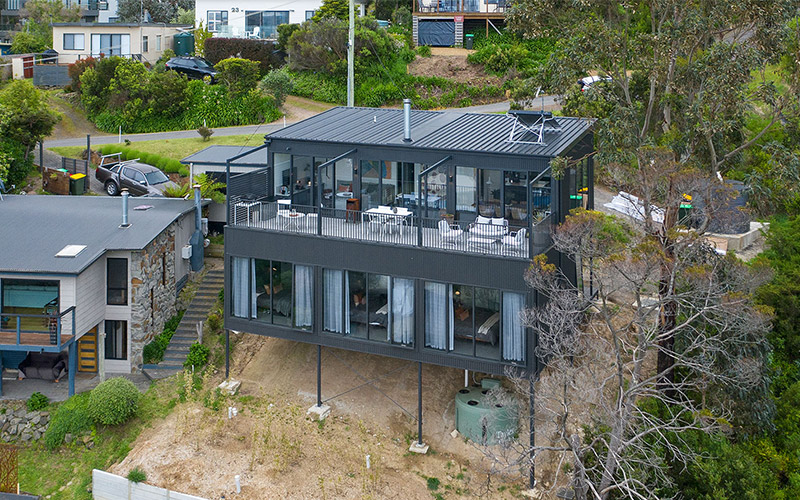
Wind
All homes and other buildings positioned along the coast are almost constantly subjected to high wind pressure. The force that the wind applies to the surface of the building is also known as wind load.
The NCC and the Australian Standards also reference wind loadings as extreme or frequently repeated actions on the building structure. Therefore, they need to be taken into consideration when designing a new home.
Some of the factors that affect the severity of the wind loadings and the pressure they apply to the structure include:
- Region
- Shielding factor
- Terrain category
- Topographic effect
The power of the wind loadings will determine some of the design decisions regarding your future home. As an example, some window frames may flex under severe wind loadings. Thus, a stronger, commercial-grade frame may need to be used to meet the requirements of AS4055.
Aside from the type of window frame, other elements that may need to be upgraded include the thickness of the glazing and the type of roof frame.
Alternatively, your building designer may suggest that the building be slightly angled to reduce the pressure applied by the winds. In some cases, altering the landscape by planting trees could also reduce the speed of the wind.
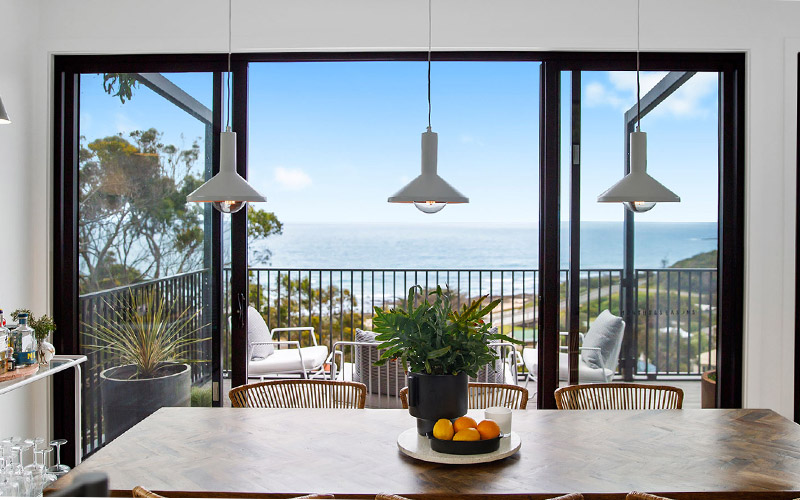
Salt
While corrosion is the first thing to come to mind when talking about salt and building exterior, it is not the only reason for concern.
If you live in direct proximity to the sea, your home may be exposed to the so-called ‘sea spray’. This occurs when the winds carry drops of seawater in the air. Since the salt in the drops does not dissolve, it starts to build upon the nearest surface, which could very well be your home.
Sea spray refers to aerosol particles that are formed directly from the ocean – Wikipedia
Aside from rust, the constant exposure to salt in the air and water also relates to issues such as:
- Fading exterior paint
- Peeling and chipping of the paint and/or sealant
The most vulnerable parts include corners, window sills, ledges, and ridges.
During the design and building stages, your building contractor should advise you on the best sealants that could be applied in your specific case to minimise the effects of sea spray on your paint and surfaces.
Once the home is completed, the best way to prevent salt-related issues on your beachfront property is by performing regular pressure cleaning on the exterior of the home. You would also need to check the sealants and reseal when you notice any signs of damage or fading.
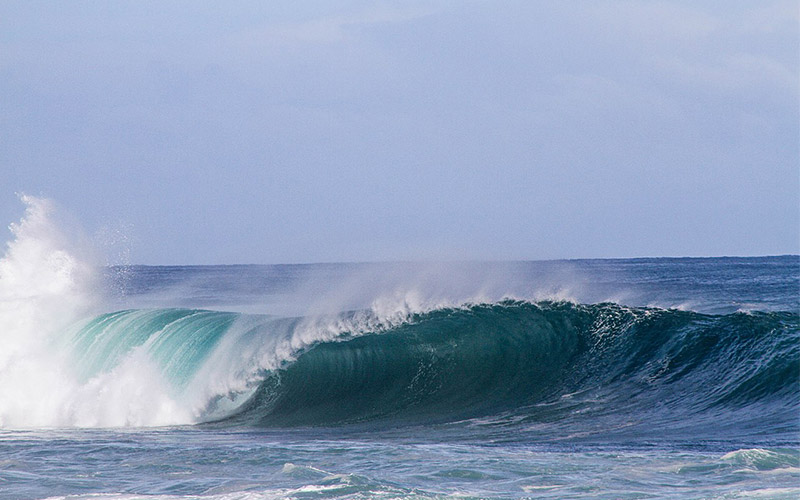
Soil
If you’re planning on building on the shoreline, soil erosion is another danger that needs to be taken into account when designing the structure of the house.
One of the concerns you’ll need to plan for is the chance that some of the soil could be washed into the water. The biggest danger, however, is that this could also mean altering the ground beneath your house.
In other words, washing away the soil may disrupt the foundation of the building and cause for walls to fall down. Luckily, building designers with experience know how to prevent the issue and still give you your dream home.
- Natural landscaping. Altering the landscaping is one way to keep the soil in place. The roots on trees and other plants will help keep the ground where it belongs. This solution, however, takes time for the roots to grow deep as well requiring continuous maintenance after the building process.
- Erosion blankets, mesh, or nets. Another common solution is using erosion blankets, meshes, or nets. They are also available in a biodegradable form if you’re looking for a more eco-friendly solution.
- While it may not be the most natural-looking solution, this is the best way to prevent the soil from washing away. Installing a seawall or a bulkhead should always be done by a professional building contractor as it may require excavating deep into the ground to ensure proper drainage.
- Although not permanent, an alternative solution is to build a riprap around the property. In essence, this would mean placing rocks to create a natural barrier that would stop the water from pulling the soil. For a more durable solution, the riprap could be installed over an erosion blanket.
Not too long ago a sea storm in Sydney caused a massive amount of damage to Sydney Beaches;
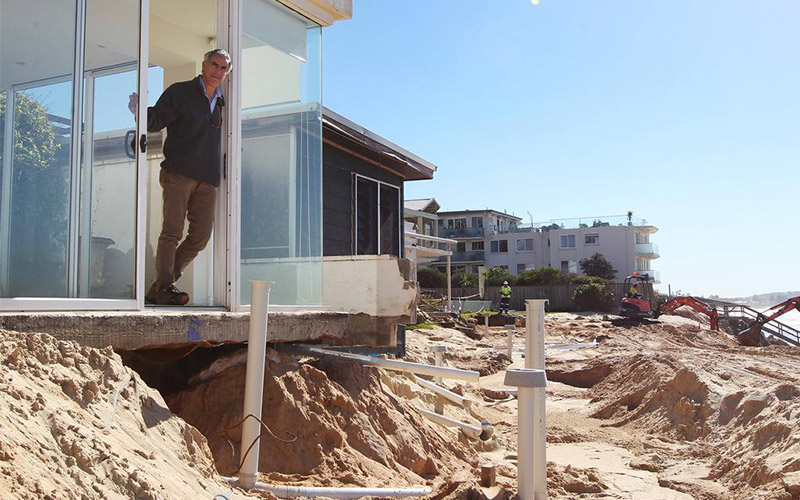
Design Considerations For Building in Coastal Environments
Building in a coastal environment does have its specific challenges but with the proper preparation and the right builder by your side, it’s all a matter of careful planning. To sum it all up, here are the most important design considerations that could impact your future home.
Take Appropriate Steps for Corrosion Protection
Unfortunately, no building material offers a 100% corrosion protection. But, there are extra steps that you can take to protect your home properly, starting with the right grade of steel.
The most common grade of stainless steel, 304, chrome-plated or coated steel is generally used on normal house fixtures. However, the seawater and salt in the air could get under the coating and cause corrosion. This will dramatically impact both the lifespan and the functional properties of the steel.
On the other hand, coastal homes use 316-grade stainless steel which has an alloy addition of molybdenum that makes it “marine grade”.
If a job requires greater corrosion resistance than grade 304 can provide, grade 316 is the next step up – Australian Stainless Steel Development Association
Even the finish of stainless steel impacts its lifespan by the sea. Brushed or matt finish stainless will rust quicker than polished stainless steel as the polishing seals the pores of the metal and stops salt deposits from building up.
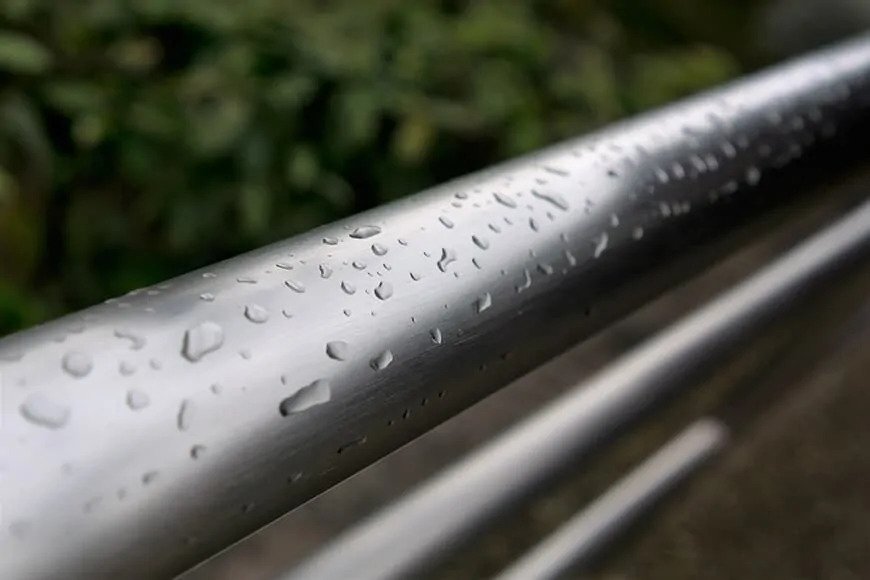
Mitigate Water Damage With Proper Cladding, Paint, and Roofing
Choosing the proper materials for cladding, paint, and roofing could greatly aid in protecting your home. For ultimate protection, consider opting for Colorbond Ultra Steel or Stainless Steel products for the roof, walls, downpipes, fascia, and gutters.
If you prefer the natural look of timber, you may as well incorporate timber-looking composite products that are heat and water-resistant. They are also a lot easier to maintain in the long run compared to natural wood.
Paint serves as another layer of protection for the steel and/or timber. In a severe marine environment, regular cleaning and even annual recoating may be required to maintain the top performance of the materials.
To ensure a more long-lasting result, be sure to have the exterior thoroughly cleaned first and use a suitable primer to prepare the surface.
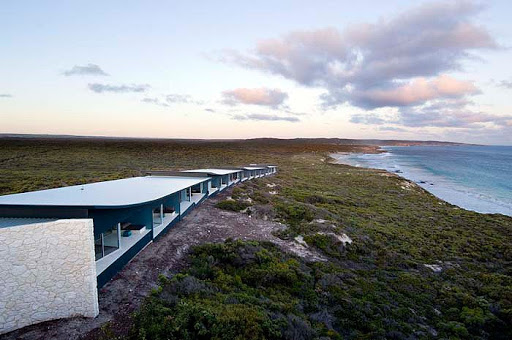
Build For Extreme Wind Loadings
If your property is located in an area that is not well-shielded, you need to consider upgrading to a higher level of wind loadings protection. The Australian Standards that look into the requirements for residential buildings is AS4055. It provides construction guidelines based on the determined wind loads class.
Unfortunately, the exact wind loads may be hard to estimate. Failing to determine the correct wind load classification could result in severe damages, including:
- Window frame failure
- Glass breaking under the wind pressure
To avoid underestimating the wind loadings potential, hire an experienced architect or building designer. They will be able to properly assess the risks for your property and prepare a design that will be able to endure extreme wind loadings coming your way.
Understand What Type Of Foundation Is Best For A Beachfront Home
Building a home on the coastline could be a lot more complicated than building over the solid inner-country ground. More often than not, the decision for the type of foundation could be taken by the architect or the design team, not by you.
Still, it is important that you understand the main types of foundation used for coastal buildings and also what type of foundation is best for a beachfront home.
- Open foundations present minimum obstruction for rising waters. They consist of columns, piers, or piles, used to elevate the property above a certain level.
- Closed foundations are built of continuous foundation walls made of concrete, masonry or wood. On the beachfront, they are more vulnerable to wear than open foundations so they are not recommended when the waters are expected to be able to reach the property.
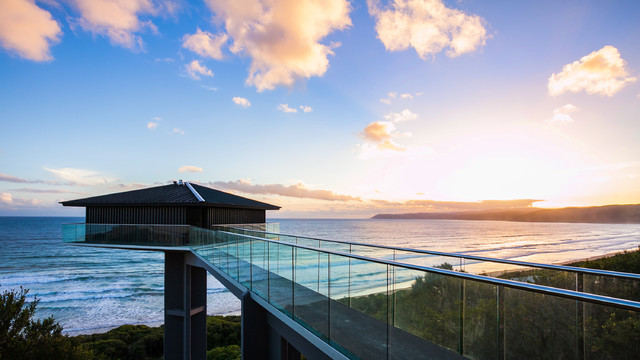
Employ Proper Maintenance for Beachfront Property
Even if you have planned and built the perfect eco-friendly, rust-resistant, and energy-efficient home, it would still need regular maintenance to preserve its good looks and high performance.
Regular maintenance is a guarantee that the materials used during the construction will preserve their performance. On the other hand, when not maintained properly, any warranty on materials could become void which could eventually result in colossal restoration expenses.
Here are several tips to take the best possible care for your beachfront property:
- Wipe down all metal surfaces regularly. This will prevent them from building up sand and salt that could cause significant damage. When cleaning them make sure you don’t harm the anti-rust coatings.
- Wash exterior walls, doors, and windows every six months. Again, this will prevent potential damage from built-up salt and sand. It is highly recommended that you hire a professional contractor for the cleaning. They are the only ones who have the tools and the expertise to remove any traces of salt and dirt without damaging the surfaces or flooding your interior.
- Perform regular exterior inspection. It is essential that you hire a trusted specialist to inspect the exterior of your home at least once a year. If there are any issues, they will be able to advise you on the steps you need to take to fix them. Keep in mind that any corrosion or coating issues have to be dealt with as soon as possible. This is to avoid spreading the damage and resulting in more costly repairs in the future.
Trust Pivot Homes For Your New Coastal Home Design and Build
Local planning authorities don’t usually set requirements for the exact materials to be used in coastal conditions. Thus, it is critical that you choose the right building contractor to make your dream home a reality.
If you’re looking to build your coastal or beachfront home along the Bellarine Peninsula or in the Geelong region, you may wish to consider Pivot Homes as the trusted custom home builder you need to see your project through.
Pivot Homes have been designing and building coastal homes since 1990. If you’re looking for an authority on the subject, contact Pivot Homes as the first step to your new coastal home.

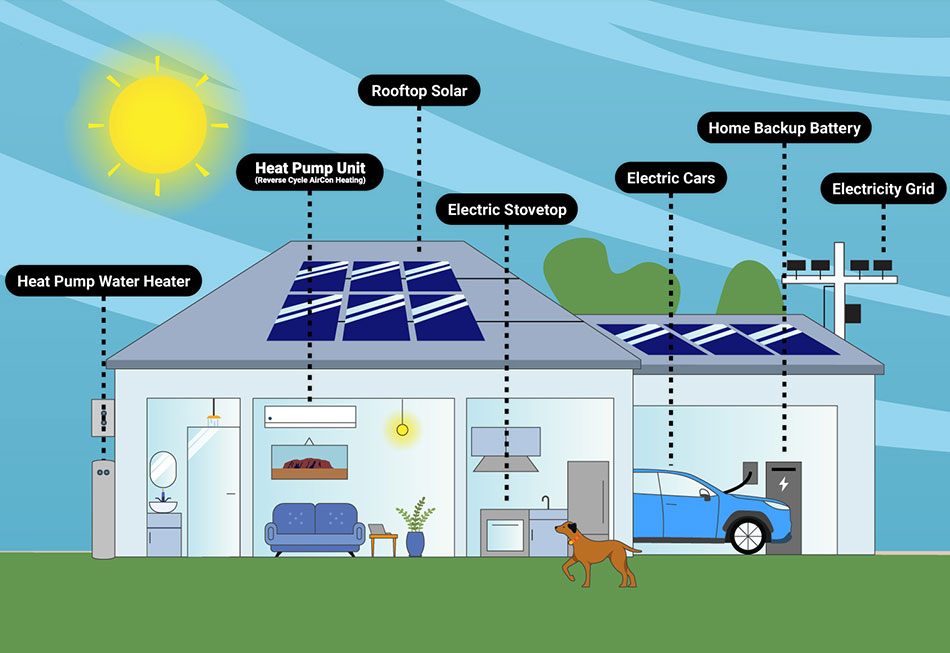
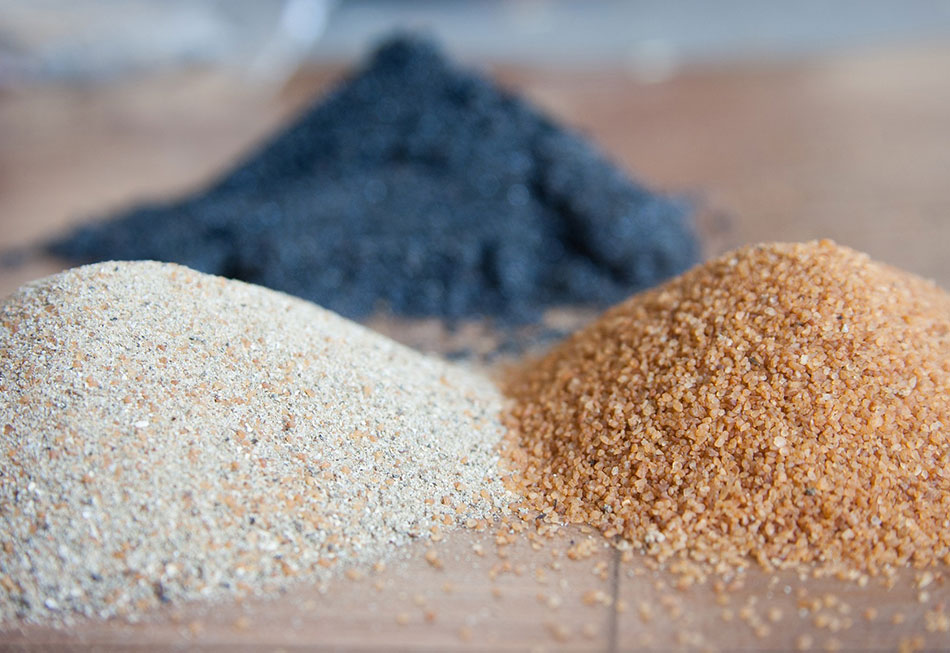
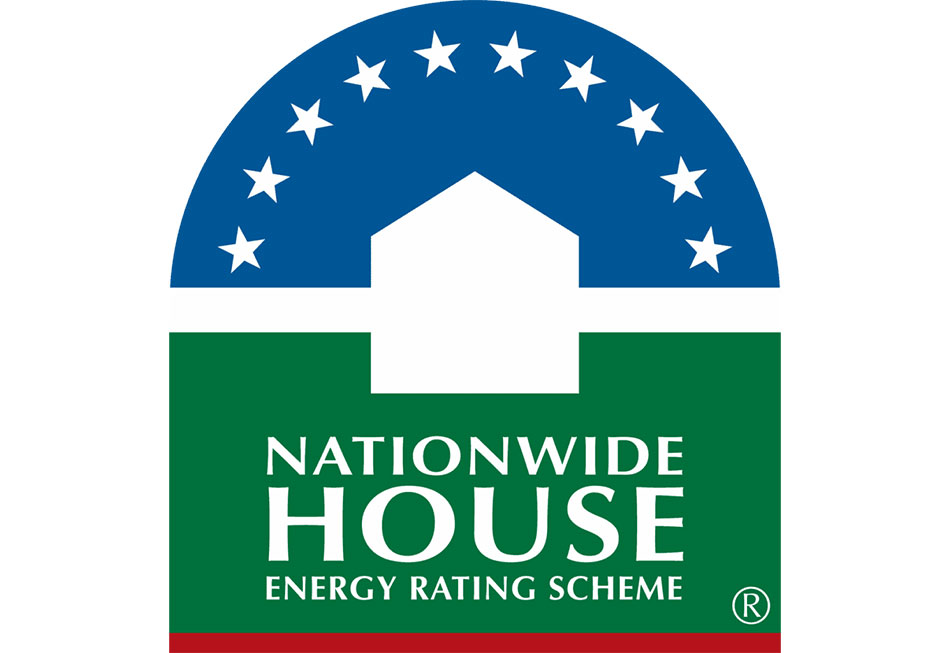
This Post Has 0 Comments